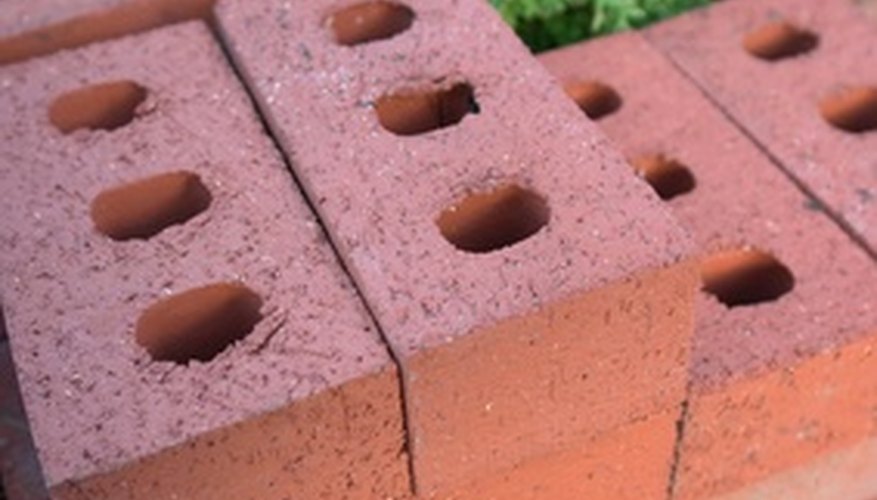It is sometimes necessary to use bricks to fill in a circular area. For example, you may be filling a window space in a vertical area. However, bricks are square or rectangular, while the area you are filling is circular. This raises the question of how to calculate the number of bricks you will need to fill in the space.
Place the scale drawing of the circle flat on a table.
- Have someone else duplicate your work.
- Place the scale drawing of the circle flat on a table.
- Have someone else duplicate your work.
- Place the scale drawing of the circle flat on a table.
Draw a perfect square around the circle.
Calculate the area of the square, and divide that by the surface area of the facing-out side of a brick. This method yields a ceiling estimate of the number of bricks you will need. You are not making allowances for the space needed for mortar, if any, and you are including bricks for the spaces at the corners of the box.
- It is sometimes necessary to use bricks to fill in a circular area.
- You are not making allowances for the space needed for mortar, if any, and you are including bricks for the spaces at the corners of the box.
Have someone else duplicate your work. Compare your estimates.
Place the scale drawing of the circle flat on a table.
- Have someone else duplicate your work.
- Place the scale drawing of the circle flat on a table.
- Have someone else duplicate your work.
- Place the scale drawing of the circle flat on a table.
Place the translucent scale drawing of the brick pattern over the drawing of the circle. Count the number of bricks in the circle. This method yields a close estimate of the number of bricks you will need.
Have someone else duplicate your work. Compare your estimates.
WARNING
Be prepared to cut bricks to fit at the round edges of the circle.
